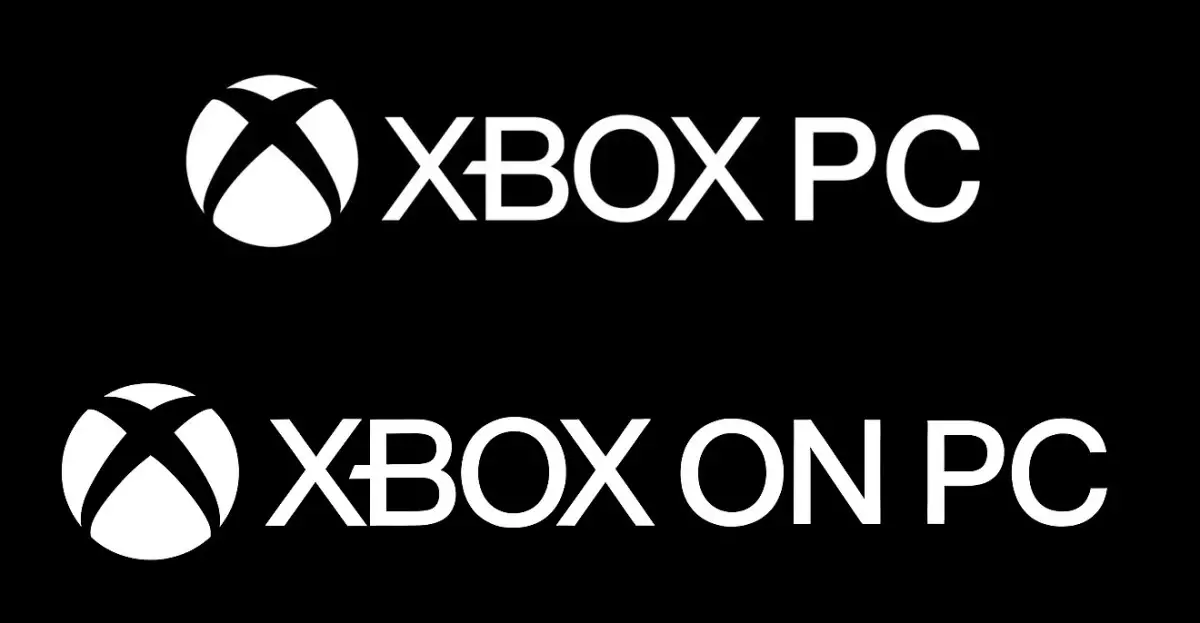In the fast-changing landscape of gaming and technology, brands often reinvent themselves to stay relevant and appealing. Microsoft’s latest shifts in Xbox branding, however, reveal more than just a marketing refresh; they expose a deeper struggle to communicate a cohesive vision. From “Xbox PC” to “Xbox on PC,” these rapid changes suggest an internal tug-of-war between clarity and experimentation. While it might appear trivial at first glance, the decision to switch terminology so quickly points to a broader challenge: how does Microsoft want consumers to perceive its ecosystem?
Initially, Microsoft aimed to position its Xbox ecosystem as a unified platform accessible across devices, emphasizing the seamless experience between consoles and PCs. The “Xbox PC” label emerged as a way of consolidating this identity, hinting that gaming on Windows was an extension of the Xbox universe. Yet, the term soon seemed to cause confusion. Was this meant to suggest hardware, software, or merely a storefront? The inconsistency in messaging became glaring as third-party publishers, including Focus Entertainment, used “Xbox PC” in promotional materials, while Microsoft itself oscillated between “Xbox PC” and “Xbox on PC.” The latter, more recently adopted, sounds less technical and more approachable—conveying that Xbox games are simply available on Windows platforms, aligning with the idea of a broader ecosystem rather than a specific hardware line.
The rapid flip-flopping creates a patchwork narrative that risks alienating consumers. How many gaming enthusiasts or casual players are left wondering whether “Xbox on PC” signifies an app, a platform, or an entirely new product category? This inconsistency is symptomatic of a company trying to redefine its identity without firmly anchoring its messaging. Such indecisiveness may hinder Microsoft’s goal of establishing a unified gaming identity that spans devices, from consoles to PCs and mobile. This situation underscores the importance of clear branding in a saturated market where confusion can translate into lost opportunities.
Ambitious Goals Amidst Branding Ambiguity
Behind the shifting terminology lies an ambitious vision: transforming the Xbox brand from a console-centric entity to a versatile gaming ecosystem that includes PCs, smartphones, tablets, and even virtual reality headsets. Microsoft has long envisioned an “Xbox everywhere” approach, but executing it in practice is complex. The company’s recent rebranding efforts, including renaming the Xbox Game Pass for PC to simply “PC Game Pass,” reveal a strategy aimed at removing barriers for consumers. By streamlining the branding, Microsoft hopes to emphasize that access to Xbox titles isn’t restricted by hardware boundaries.
However, this ambition faces significant obstacles. The disconnect between the experiences of Xbox consoles and PCs is palpable; console gaming is often more curated and simplified, while PC gaming encompasses a vast landscape of hardware configurations and user preferences. Microsoft’s challenge is to bridge these experiences without diluting each platform’s unique appeal. The proposed unified brand must evoke familiarity, ease of access, and a sense of ownership across diverse devices—all while avoiding confusion with prior branding efforts that have yet to fully settle.
Furthermore, Microsoft’s upcoming plans to integrate Windows and Xbox platforms for handheld PCs and potentially other form factors reflect a desire to outmaneuver competitors like Steam. While this is a logical next step, it raises questions about whether their branding efforts will keep pace with product development or simply serve as placeholders until more concrete solutions emerge.
The Risks of Premature Branding and Overextension
Attempting to rebrand prematurely—before the ecosystem and user experience are fully in place—opens the door to missteps. The quick modifications from “Xbox PC” to “Xbox on PC” mirror earlier marketing efforts, such as the unification of Xbox branding on mobile, gaming services, and new hardware. These moves suggest a strategy of trying to stay ahead of the curve, but also risk creating a perception of inconsistency that undermines trust.
Much like Windows Mobile’s failed branding attempts in the past, Microsoft’s current strategy may backfire if it leads to user confusion or dilutes the perceived value of each platform. A strong brand requires clarity and consistency; without it, consumers may become disengaged or skeptical about the company’s long-term vision. The key is whether Microsoft can develop a narrative that convincingly ties all these disparate threads into a cohesive, standout platform for gaming—without seeming ad hoc or reactionary.
Microsoft’s branding experimentation around Xbox on PC exemplifies both the company’s bold aspirations and its ongoing struggle to communicate them effectively. While the shifts may indicate rapid innovation and a willingness to adapt, they also highlight the peril of making moves too hastily. For Microsoft, the real challenge lies ahead: translating these branding efforts into a compelling, seamless experience that truly unites gaming across all devices, and doing so with consistency that builds trust rather than confusion.

